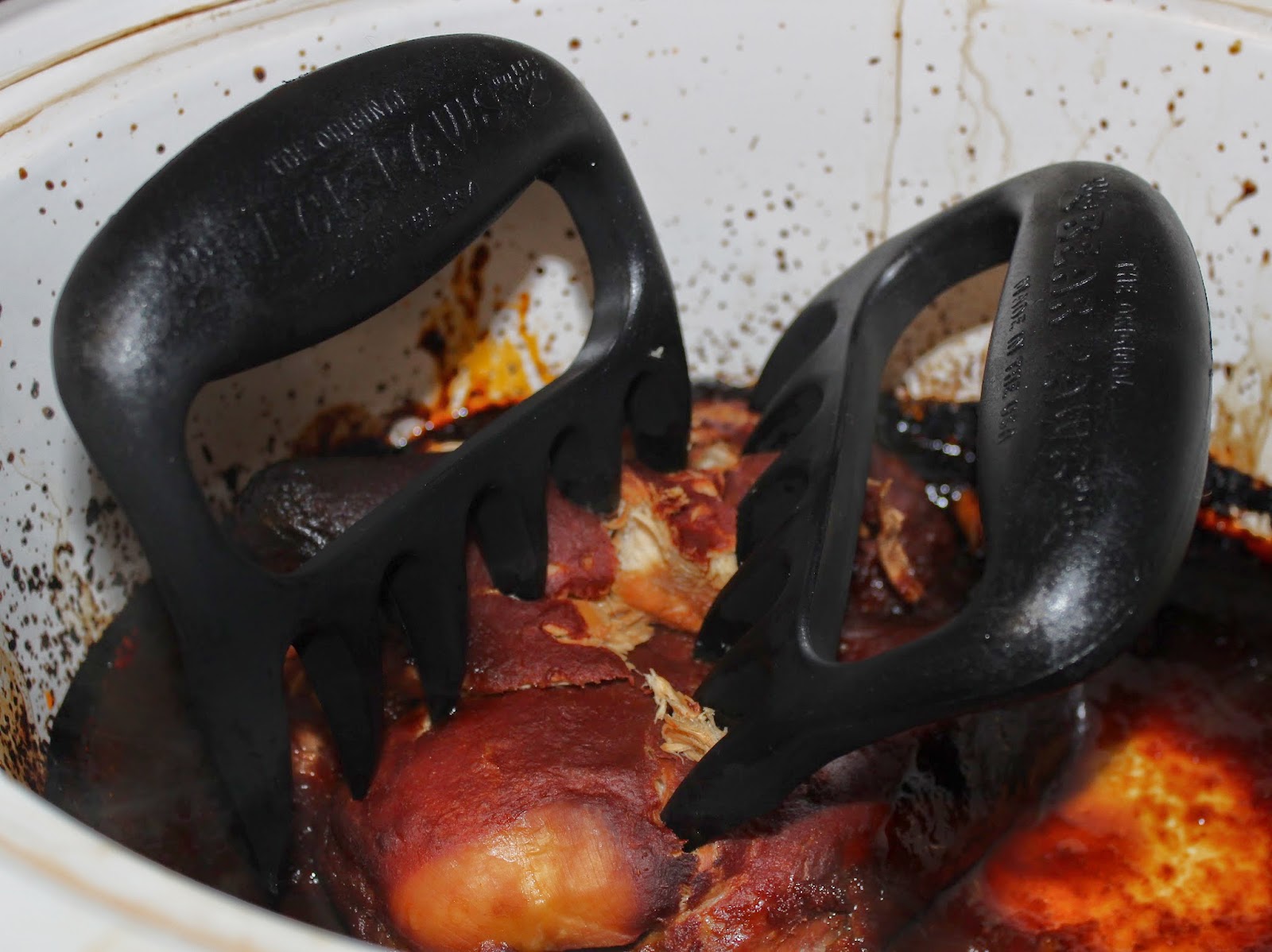If you are new to understanding cars and don’t know that much about them it can be intimidating, especially when you’re getting your oil changed, purchasing a new car, or getting a major repair done on your car. It’s important to be informed so that you don’t get ripped off, but more importantly it’s good to learn about the basics of a vehicle so that you can understand what exactly is inside your car should you have any questions.
Thinking about investing in a new or used vehicle? When you pick up your new car you’ll also know what specific questions to ask the department. You never know when understanding basic car terms might come in handy. Knowing the basics about your car will help you feel more confident if you have to answer any questions as well. In addition you’ll feel a lot smarter once you know and understand the basic terms. While you’re reading about the parts that are inside your engine, look online for a picture or go outside and look inside your engine so you have a visual. It will help you understand where everything is located. The Cylinder
The core part of your engine is the cylinder, and most cars have more than one cylinder (either four, six, and eight cylinders are common). If your car has a multi-cylinder engine, the cylinders are arranged in one of these three ways: V, flat, or inline. Depending on how your cylinder is configured, different configurations have different disadvantages and advantages. Due to these advantages and disadvantages the certain cylinders your car has makes it run smoothly and suitable for your type of car.
Spark Plug
The spark plug in your car is what supplies the spark that ignites the air and fuel mixture. This leads to combustion taking place. It’s all about the timing so a spark will happen at the exact minute it takes for everything to run properly.
Valves
The exhaust and intake valves will open at the right time, allowing air and fuel in. It also lets out exhaust. Both valves are always closed during combustion and compression so that the combustion chamber stays closed and sealed.
Piston
Wondering what a piston is? It is a piece of metal that moves up and down inside the cylinder. Piston rings prevent the air and fuel mixture and exhaust that are in the combustion chamber from leaking into the sump when combustion and compression are taking place. These rings have a sliding seal between the inner edge of the cylinder and the outer edge of the piston.
Connecting Rod and Crankshaft
The connecting rod is what connects the piston to the crankshaft. It is designed to rotate at both ends, allowing its angle to change. As the piston moves and the crankshaft rotate, the connecting rod’s angle will continue to change. In the same way a crankshaft turns the piston’s angled motion into a circular motion so that everything runs smoothly.
Sump
The sump is what surrounds the crankshaft and it has a little bit of oil, which is collected in the bottom part of the sump, otherwise known as the oil pan.























